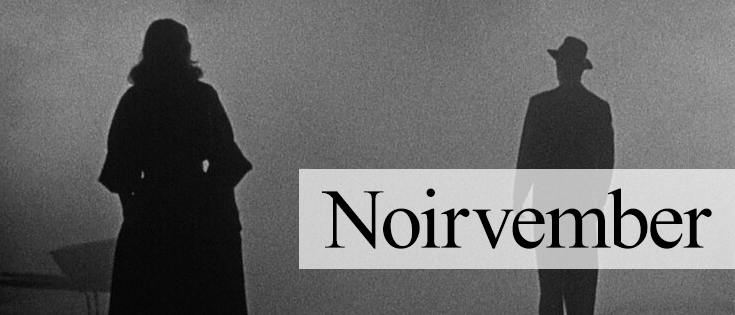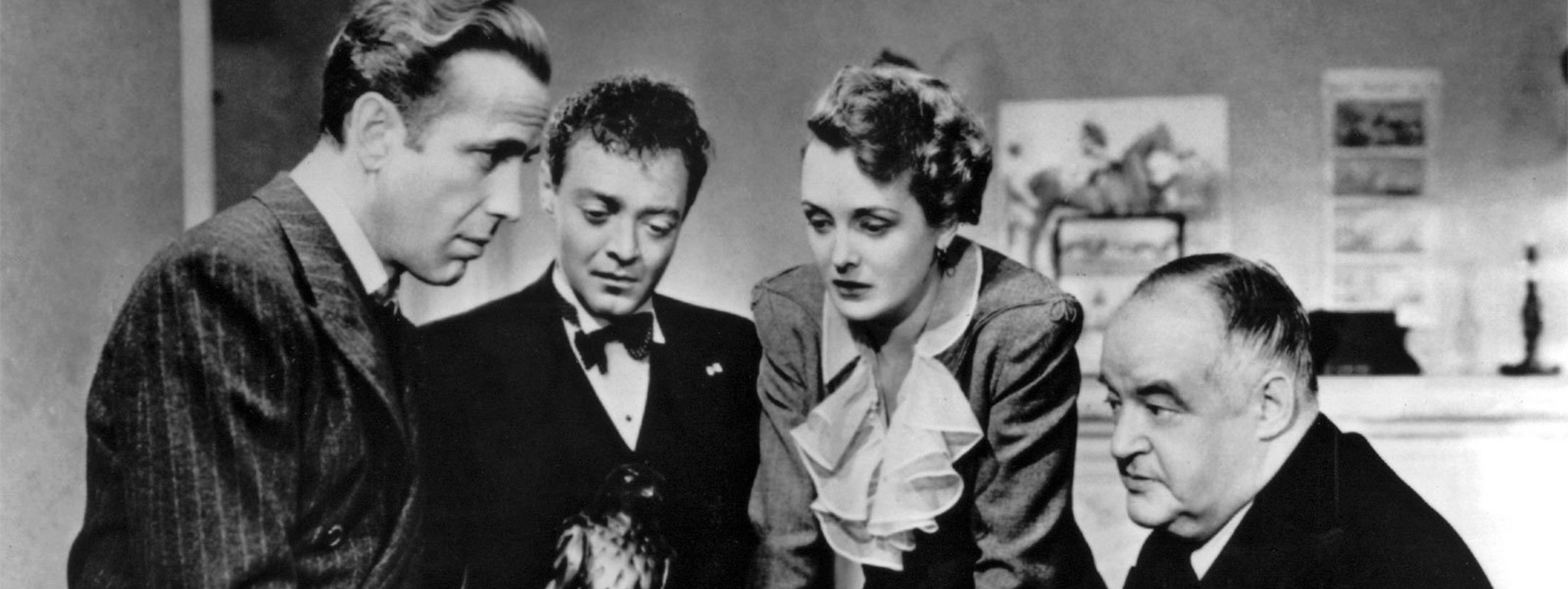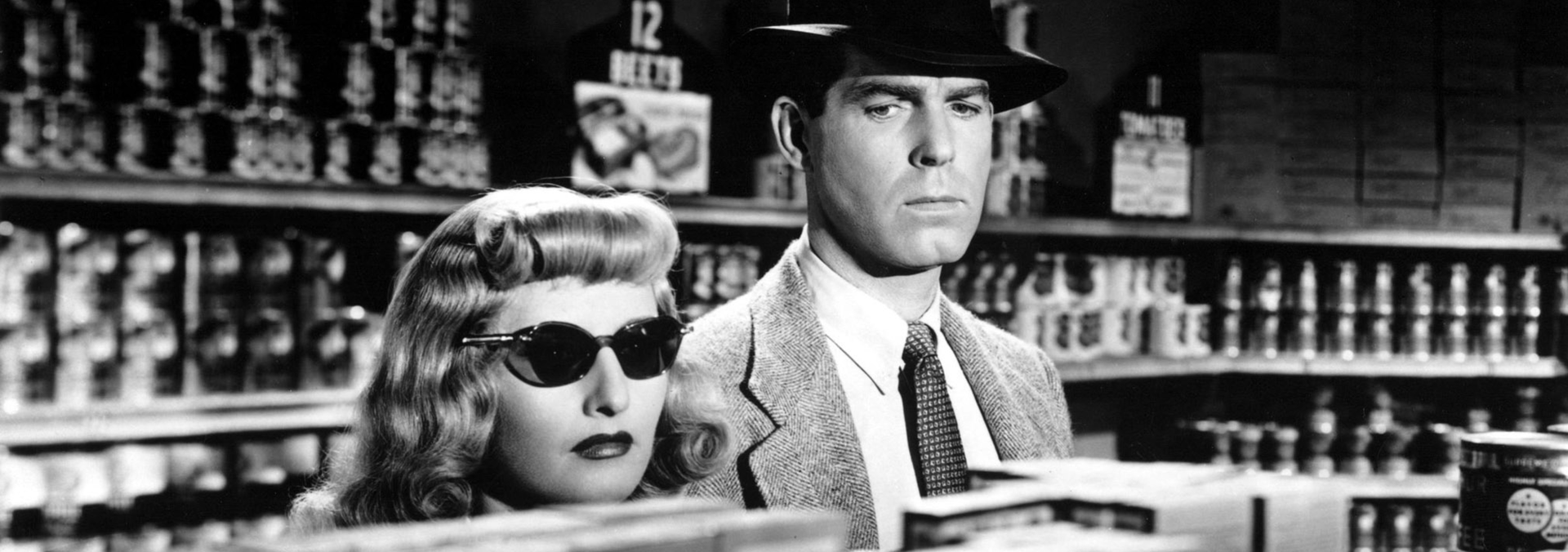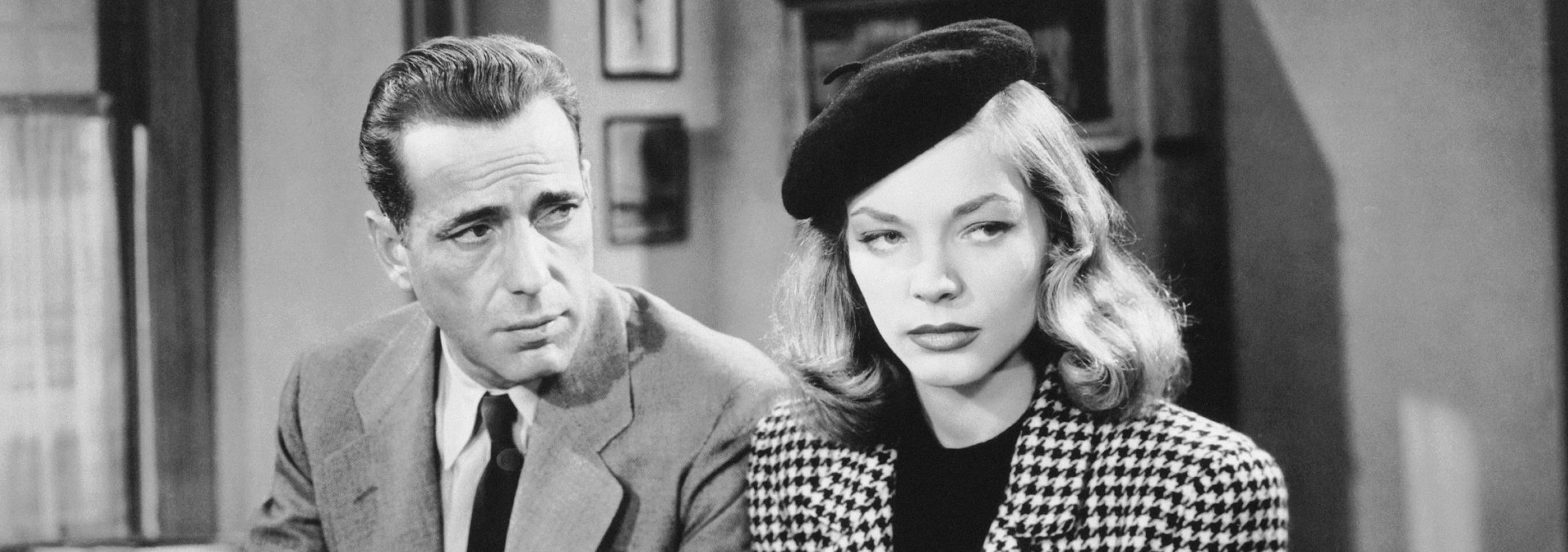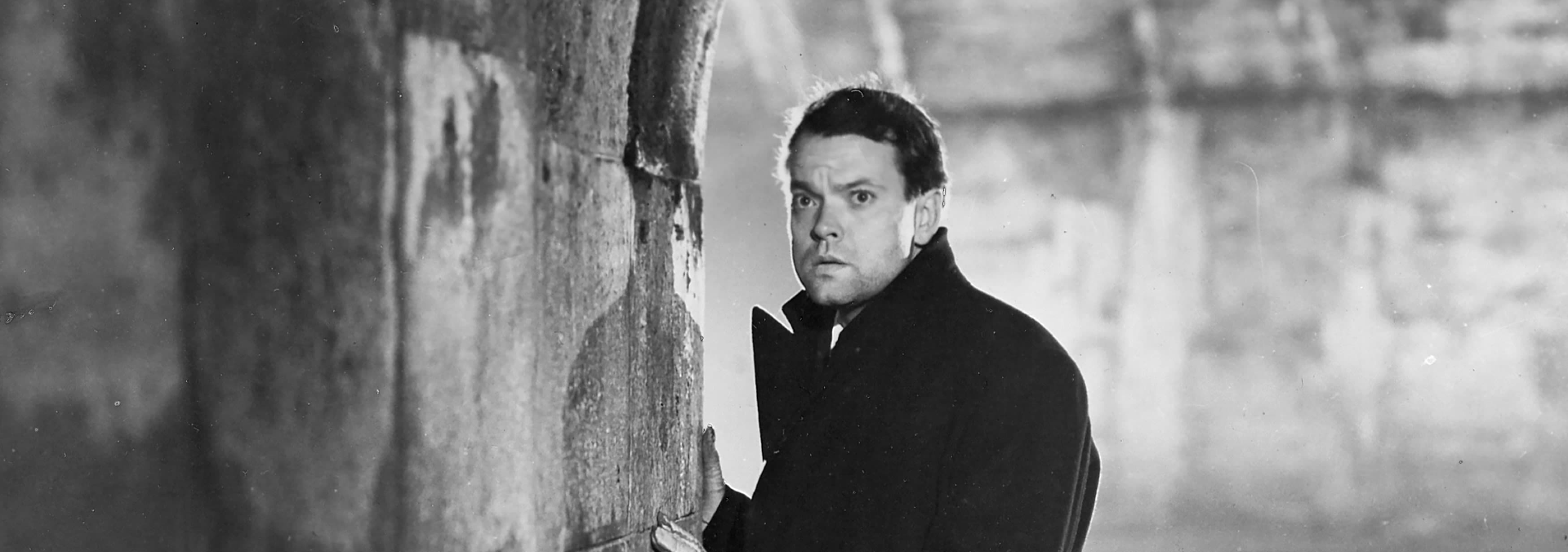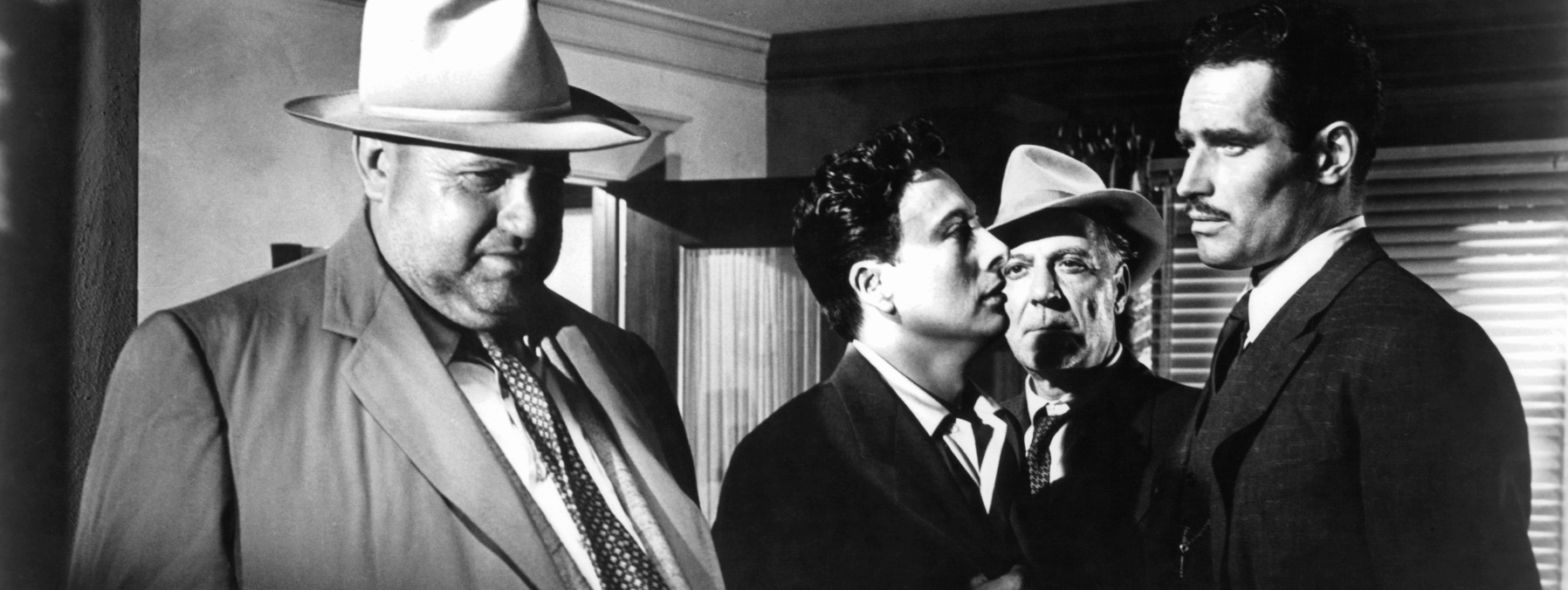Film noir, the “black film” emerged as a cinematic genre in the 1940s and 1950s, set in a realm where morally ambivalent characters navigate labyrinthine plots deeply entrenched in the underbelly of crime. Yet, the true magic of film noir lies in its captivating aesthetics – a chiaroscuro of light and shadow painting a canvas where urban streets glisten with rain, evoking an ever-lingering sense of mystery. Amid the post-World War II disillusionment, film noir emerges as a cinematic mirror, reflecting the tumultuous ethos of its time. Its characters grapple with intricate moral dilemmas, embodying the existentialist notion of individualism set against the backdrop of life’s bewildering absurdities. These timeless tales continue to captivate audiences, their dark magnetism leaving an indelible mark on cinema.
Get ready for unbeatable price discounts on a stunning selection of DVD and Blu-ray titles, all to feed your passion for this enigmatic genre, let’s take a look at 5 of our all time favourites in the offer…

The Maltese Falcon
In Dashiell Hammett’s The Maltese Falcon the shadowy world of 1940s film noir comes to life with all the intrigue, suspense, and hard-edged cynicism that defines the genre. The enigmatic Sam Spade, brilliantly portrayed by Humphrey Bogart in John Huston’s iconic 1941 adaptation, stands at the heart of this gripping tale. The narrative kicks off when a mysterious femme fatale, Brigid O’Shaughnessy, played by Mary Astor, lures Spade into a treacherous quest involving the enigmatic Maltese Falcon, a symbol of avarice and duplicity. As Spade delves into a maze of deceit, he crosses paths with unforgettable characters like the slippery Joel Cairo and Casper Gutman, portrayed masterfully by Peter Lorre and Sydney Greenstreet, respectively. Hammett’s sharp, rapid-fire dialogue and John Huston’s directorial finesse create a moody, suspense-laden atmosphere, making the film a quintessential example of film noir, where morality is ambiguous, and darkness lurks around every corner. This classic film is a must-see for aficionados of the genre, where shadows and duplicity reign supreme.

Double Indemnity
Double Indemnity directed by Billy Wilder and released in 1944, is a quintessential film noir masterpiece. The story revolves around Walter Neff (Fred MacMurray), a suave insurance salesman who falls under the spell of the seductive Phyllis Dietrichson (Barbara Stanwyck). Together, they concoct a diabolical plan to murder her husband and collect a hefty insurance payout with a double indemnity clause. As the plot unfolds, tension and moral ambiguity reach a fever pitch, especially under the relentless scrutiny of claims adjuster Barton Keyes (Edward G. Robinson). His pursuit of the truth adds a layer of suspense to the narrative, making the film an exemplar of the noir genre’s exploration of greed, lust, and the consequences of ethical transgressions. Wilder’s direction and the compelling performances of the cast, especially Robinson, contribute to Double Indemnity remaining a landmark in cinematic history, a dark and morally intricate masterpiece.

The Big Sleep
Howard Hawks’ 1946 adaptation of Raymond Chandler’s The Big Sleep is a prime example of classic film noir. With Humphrey Bogart in the role of the indomitable Philip Marlowe and Lauren Bacall as the seductive Vivian Rutledge, this film encapsulates the essence of the genre. As Marlowe delves into the seedy underbelly of Los Angeles to resolve gambling debts and blackmail for the Sternwood family, the plot thickens with murder, deceit, and sensuality. The on-screen chemistry between Bogart and Bacall adds a layer of intrigue, their exchanges filled with suggestive undertones and sharp wit.

The Third Man
Carol Reed’s 1949 masterpiece, The Third Man occupies a distinguished place in cinematic history, emblematic of post-war existentialism. Set in a war-ravaged Vienna, it is a haunting exploration of moral ambiguity and human frailty. The enigmatic Harry Lime, portrayed by Orson Welles, represents a veritable Faustian figure, luring the unwitting protagonist, Holly Martins, into a network of duplicity. Reed’s direction, enriched by Robert Krasker’s brilliant cinematography and Anton Karas’s unforgettable zither score, exudes an ambiance steeped in paranoia and ambiguity. It’s a film as much about its setting as its characters, reflecting post-war disillusionment and shattered certainties.

Touch of Evil
Directed by Orson Welles in 1958, unfolds a gripping narrative set against the backdrop of a border town plagued by crime and corruption. Charlton Heston portrays Miguel Vargas, a Mexican drug enforcement officer, while Orson Welles himself takes on the role of Hank Quinlan, a morally dubious police captain. Welles, in his portrayal of Quinlan, delivers a tour de force performance that elevates this film to greatness. As the story unfolds, it becomes increasingly evident that Quinlan’s pursuit of justice is marred by his personal demons and deep-seated biases. The film skillfully dissects the consequences of unrestrained authority and the erosion of one’s moral compass, all within the backdrop of a riveting narrative that is a testament to the power of cinema at its best.
